Dani Jakob
Les sept doigts de la main
20.3. —
9.5.2004
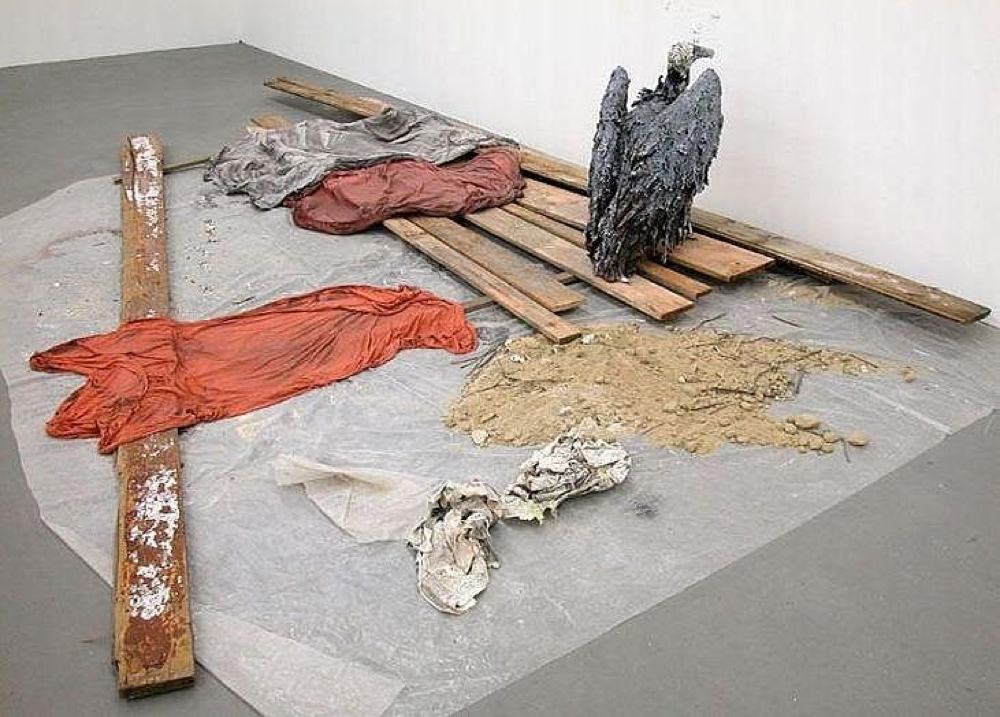
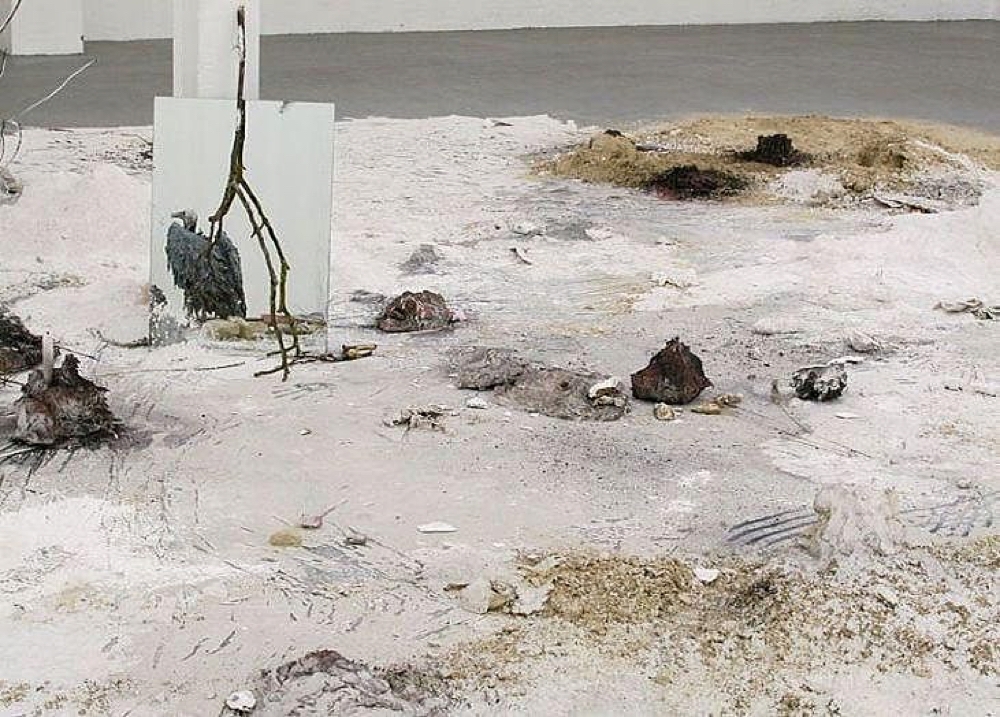
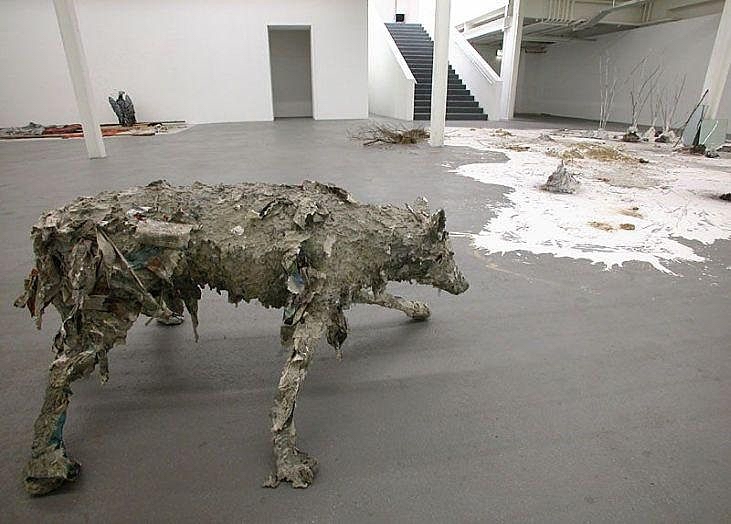
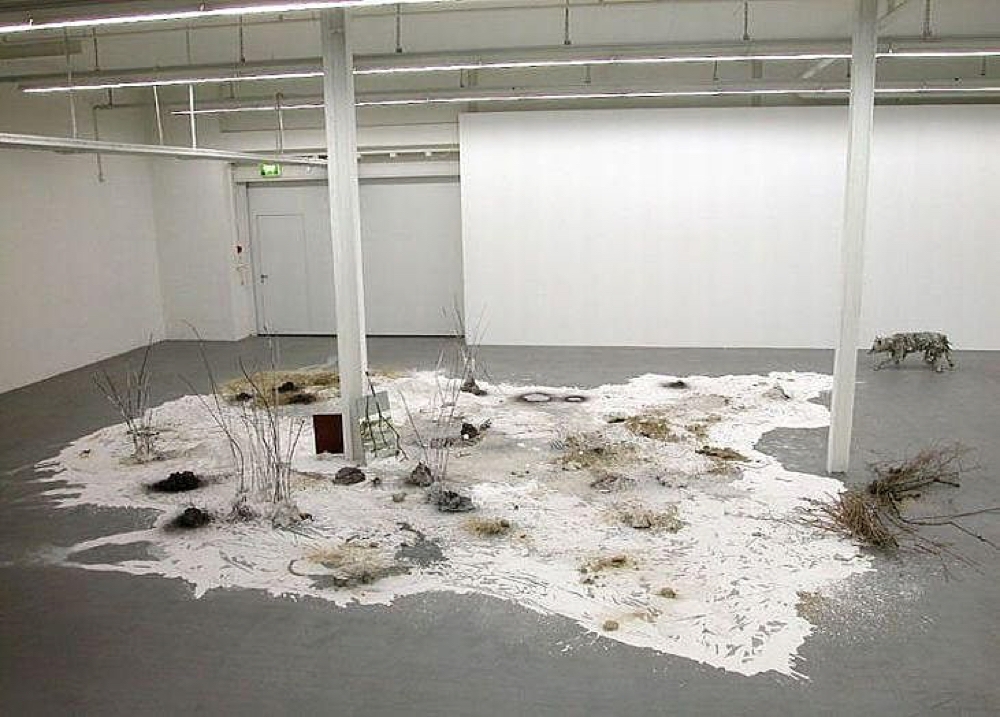
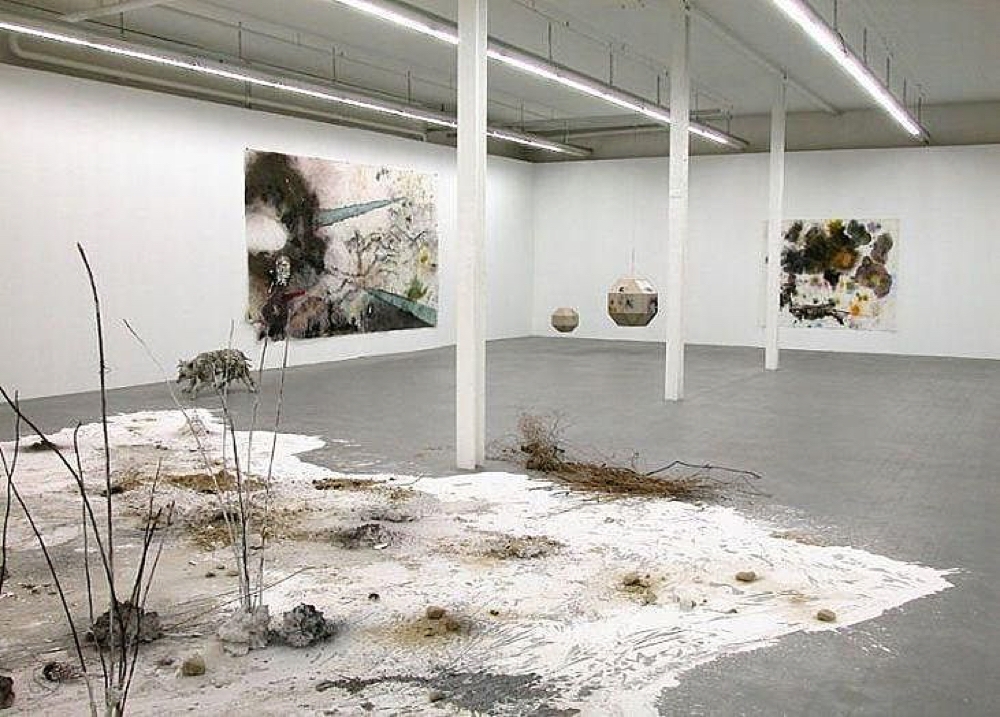
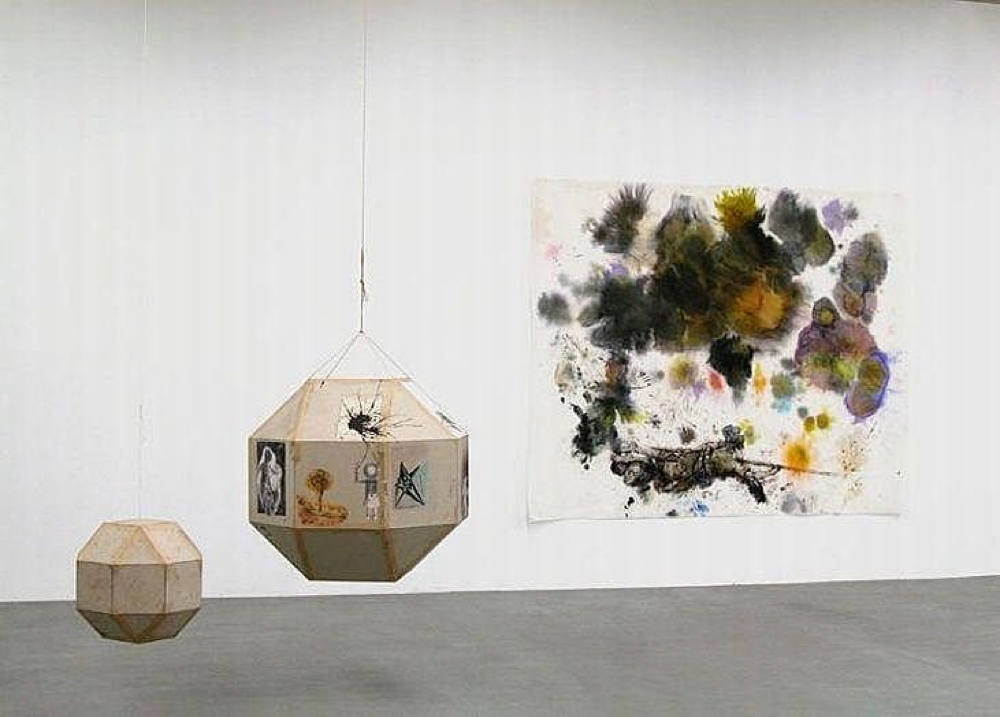
German artist Dani Jakob, who was born in 1973 in Freiburg im Breisgau, studied at the State Academy of Visual Arts in Karlsruhe and lives in Berlin, presents her first international exhibition in an art institution.
Jakob belongs to a generation of young German artists whose oeuvre has a distinctly lyrical flavor to it and is frequently subsumed under the heading of neo-romanticism. Her painting has shed all ties to the traditions of this medium, and she has uncovered an expanded language expressed by sculptures and installations. Her work is clearly influenced by the writers and painters of (German) romanticism. Jakob is intrigued by this epoch mainly because of its emphasis on experiences, perceptions, and the power of emotions, and because it used traditional and landscape motifs while it also sounded out the potential of different forms of art. The elements borrowed from romanticism are blended in Jakob’s work with her personal language and memories. Various — frequently contradictory — motifs taken from art and cultural history are incorporated into unlikely and sometimes ironic landscapes of symbols and signs; in these landscapes viewers find themselves in a tangled web of allusions. Jakob’s choice of materials is out of the ordinary but quite deliberate. She works with materials used in silk painting which, in Europe, is considered “amateur art”, she designs spatial installations made of papier-mâché, macramé, clay, waste wood, and other “non-hierarchic” materials. Figurative and abstract elements allow “introspections” that elude unambiguous interpretations and remain individually perceptible as subjective emotions and moods. In Kunsthaus Baselland the artist will present a new site-specific exhibition concept.
Text by Sabine Schaschl